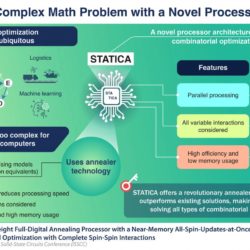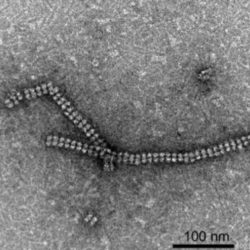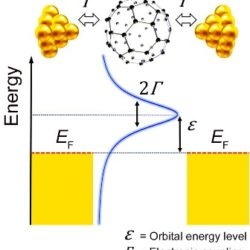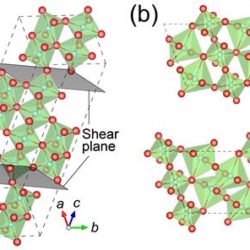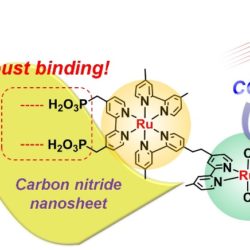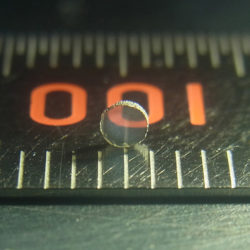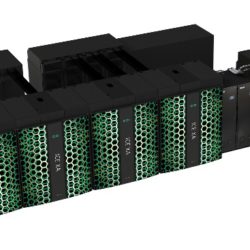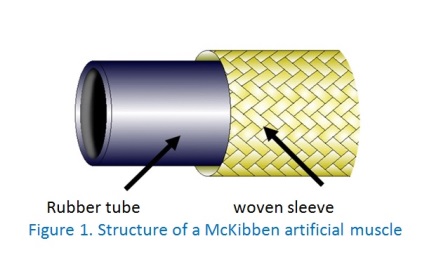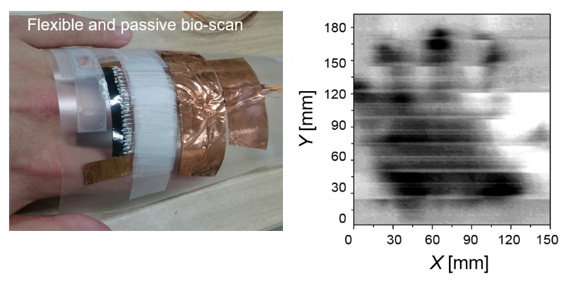Sorting out priorities: How freedom of choice adds value to public goods
An experimental game reveals that having the freedom to choose preferred public goods greatly increases their value by motivating more, and better, provisioning. From climate and biodiversity to public health and law enforcement, public goods benefit all. They are produced or maintained through widespread participation in public-goods provision that is vulnerable to low participation rates. Read more about Sorting out priorities: How freedom of choice adds value to public goods[…]

